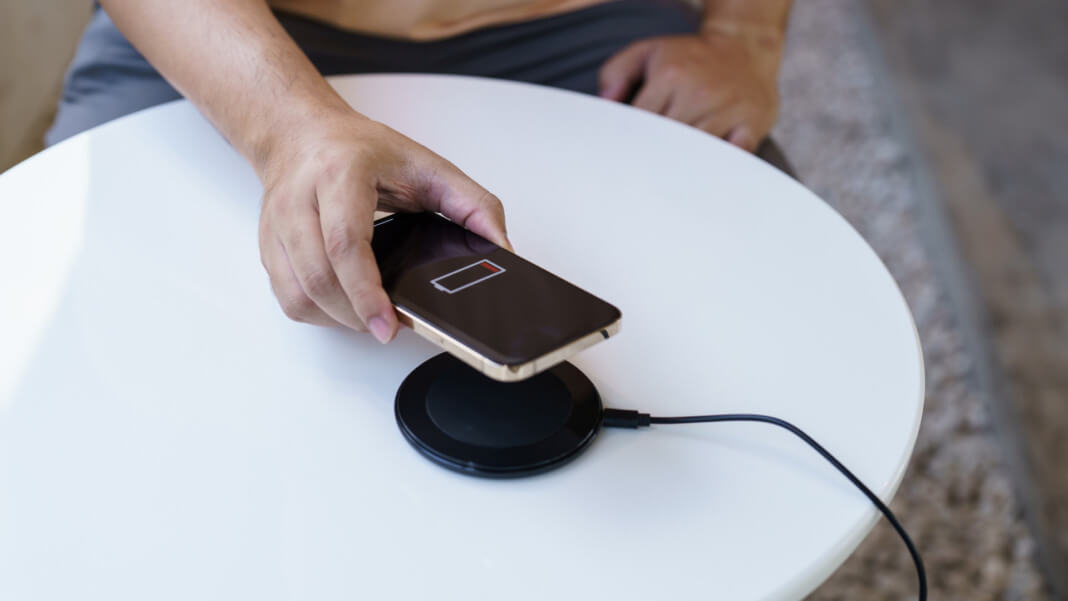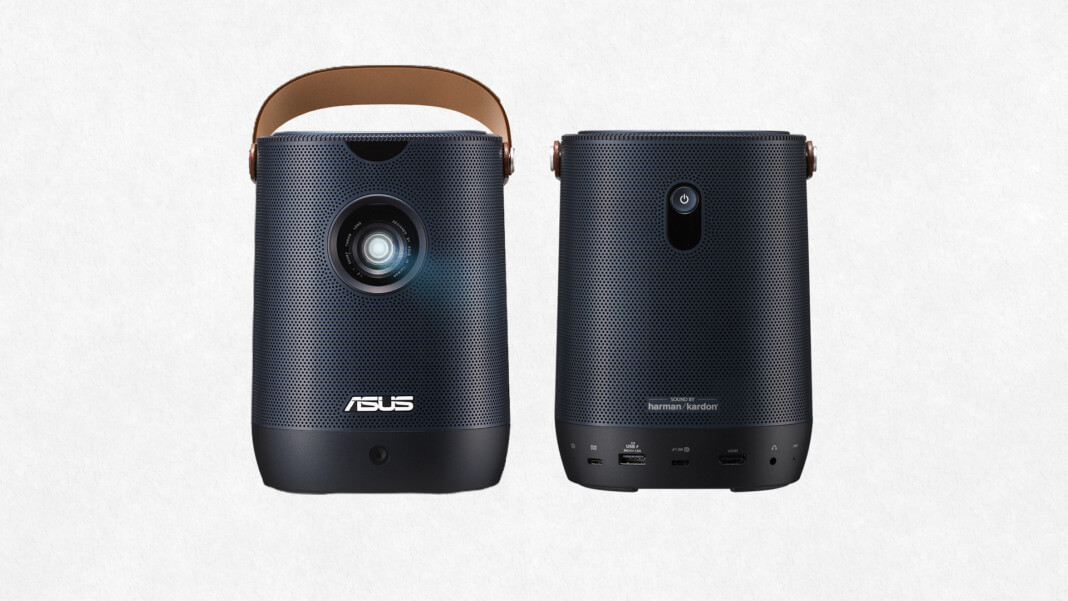As reported by The Straits Times, mobile technology continues to break new ground, with charging speeds now enabling a smartphone to be powered from zero to 100 per cent in just 25 minutes. This phenomenal advance, championed by several Chinese smartphone titans, has set them ahead of industry heavyweights such as Samsung, Google, and Apple.
For context, notable flagships from Oppo, Honor, and OnePlus have introduced their latest 100-watt (W) chargers, giving users the luxury of a full day’s use after just 25 minutes of charging. To simplify, wattage represents the electrical current flowing to the phone; the greater the wattage, the quicker the charge.
In comparison, mainstream models like the Samsung Galaxy S23 series, Google Pixel 7, and Apple’s iPhone 14 utilise chargers in the 20W to 45W range. For example, Apple’s standard 20W charger needs approximately 1.5 hours to charge its device fully.
Behind the rapid charge innovation
The Oppo Reno10 Pro+ leads the pack, equipped with the pioneering 100W SuperVOOC Flash Charge technology, granting a complete charge in about 20 minutes. Other devices boasting similar capabilities include the Oppo Find X6, Honor Magic4 Pro, and OnePlus 11.
At the heart of this development are software innovations. Oppo’s unique SuperVOOC chipset is designed to shield the battery from a substantial surge in electrical current. The cutting-edge SuperVooc S chip and its software ensure that lithium-ion batteries can safely absorb high electrical currents.
Similarly, OnePlus, which shares production facilities with Oppo, employs a like-minded strategy for managing the flow of electricity, particularly as the battery reaches full capacity. Both brands also embrace a dual battery system, which divides the 100W charge, guaranteeing swift and safe charging.
How the charging process works
The essence of battery charging lies in the movement of lithium ions between two electrode layers. This transit of ions through layers like graphite and metal oxides generates electron flow, fuelling the device.
However, there are challenges. As Dr Chiam Sing Yang of A*Star’s Institute of Materials Research and Engineering mentions, overcharging might occur after the battery hits the 80 per cent mark, especially if not regulated correctly. This rapid charging can also hinder lithium ions’ movement, with some never charging, leading them to degrade over time. Thankfully, as seen in Oppo’s tech, modern battery management software can adjust the charging current in real time, mitigating such risks.
A word of caution
Though the ultra-fast charging evolution seems compelling, it comes with its caveats. Experts advise not using these ultra-fast chargers with older devices that don’t have advanced charging management software, as it could seriously damage their batteries.
Wrapping up with insights from Associate Professor Xu Yan of the Nanyang Technological University, it’s evident that today’s smartphones have made commendable progress in faster charging by innovating both in hardware and software. Leading this vanguard are Chinese smartphone makers, who’ve heavily invested in elevating the user experience.





